The following tale is especially terrifying for me. Maybe it was my childhood reading of the Edgar Allan Poe story, The Premature Burial, that has given me an absolute terror of being buried alive. Maybe I had a previous life in Victorian England where their fears of being buried alive reached hysterical levels.
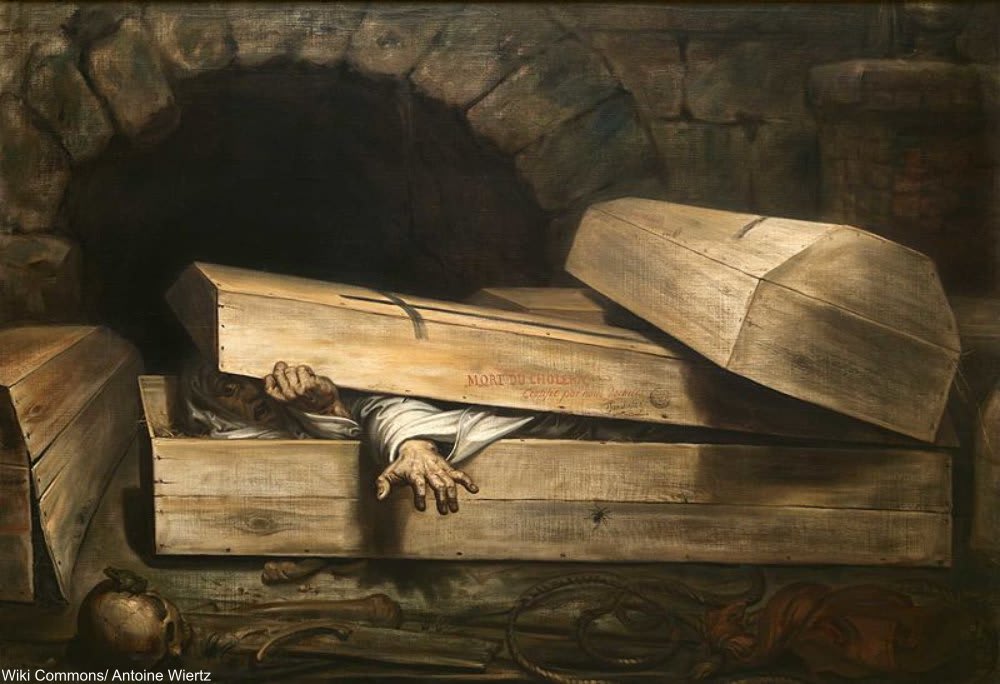
Assuming I predecease him, I’ve instructed my husband to allow me ripen before disposing of my body. Seriously. I know that of the fates likely to befall me, premature burial is way down on the list. This is one of those fears that resists common sense.
I know I’m not alone because clever Victorians devised various methods to avoid premature burial, like the safety coffin. No. I am not making this up.

Some coffins, like the one below, allowed the incarcerated victim to wave a flag, ring a bell, and to speak through a tube that reached to the surface to let passersby know someone alive was inside. In fact, such a coffin may be the origin of the saying, “saved by the bell.”
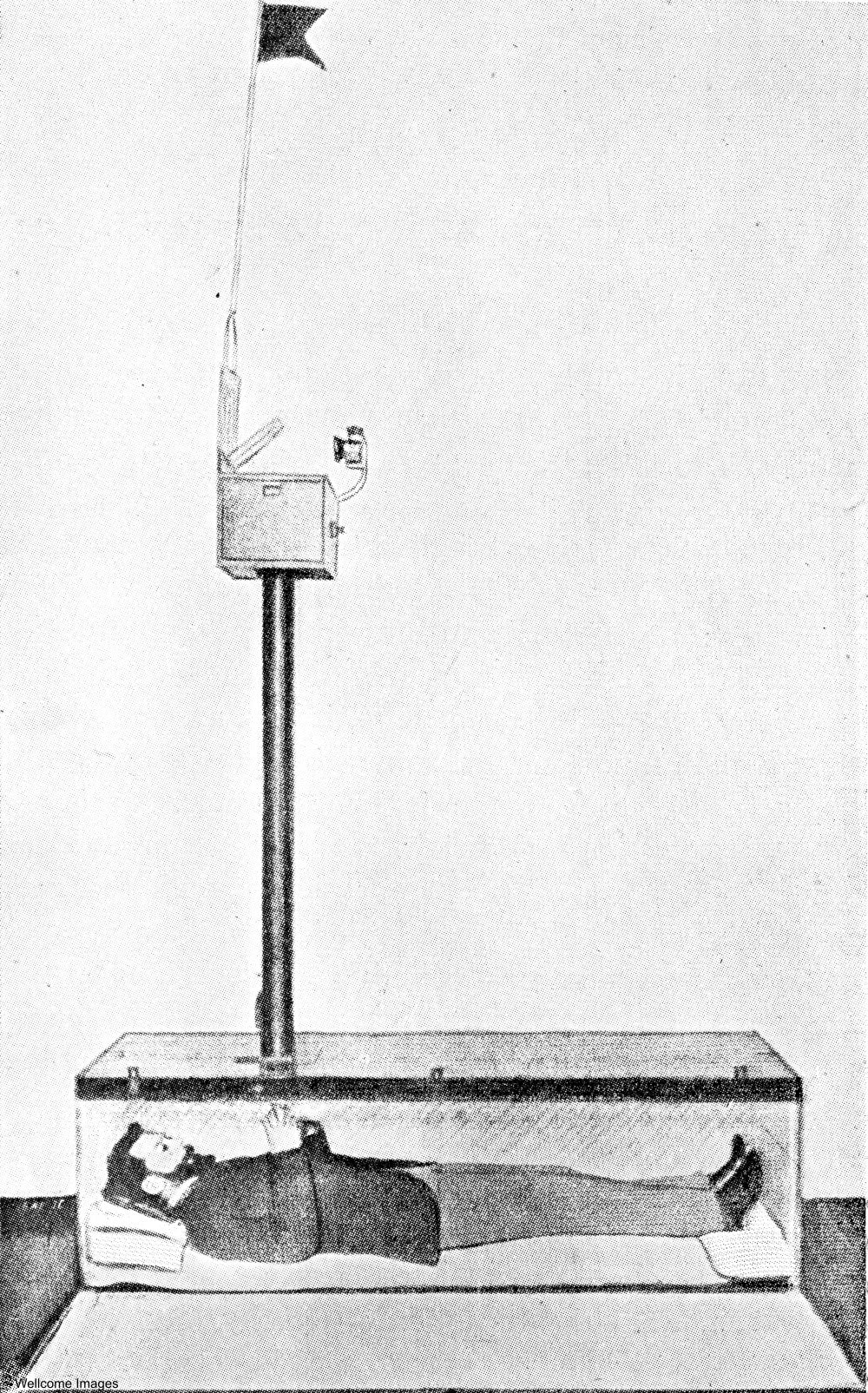
Enough about my personal fears—and forgive my digression. Let’s get to the story of Marie Billings who faced my biggest terror and lived to talk about it.
Late in the afternoon of May 9, 1928, Marie Billings answered a knock on her front door. A man stood waiting for her. He was tall, about 6’ 4”, and wore a dark suit with a grey pinstripe. He said he was a real estate salesman and interested in purchasing the home she shared with her husband, Howard, a local manufacturer.
Marie and Howard didn’t plan to sell their home at 5911 Allston Street in Montebello. Even so, she figured that there was no harm in listening to the salesman’s pitch. The two began a conversation and he followed her in to the house.
Without warning he slugged her over the head with a club he must have had concealed. Marie struggled in vain. Her attacker ripped her clothing and bound her with an electrical cord. Rendered helpless, she felt a silk stocking wind around her throat as the man choked her into unconsciousness. The stocking was removed from her neck and used to gag her. She was wrapped in a blanket and carried to his car, a Ford coupe.

He drove her about eight miles to Turnbull Canyon in Whittier. Marie lay unmoving in the dirt. The man bent down and felt her pulse. She was still alive, so he beat her with an iron bar to finish her off.
Satisfied that she was dead, he covered her with dirt, brush, and leaves. He drove away.

Marie awoke and realized she was in a grave. HER grave. She resisted the urge to scream. Unable to breathe, she fought her way to the surface. She had just enough strength to free herself.
Badly beaten, Marie crawled two hundred yards to a nearby road. In her arms she carried the bloody blanket in which she was wrapped by her kidnapper. Her restraints trailed behind her.

She reached the road and flagged down a car driven by by W. J. Collins, a taxi driver. Collins drove her to the Murphy Memorial Hospital in Whittier.
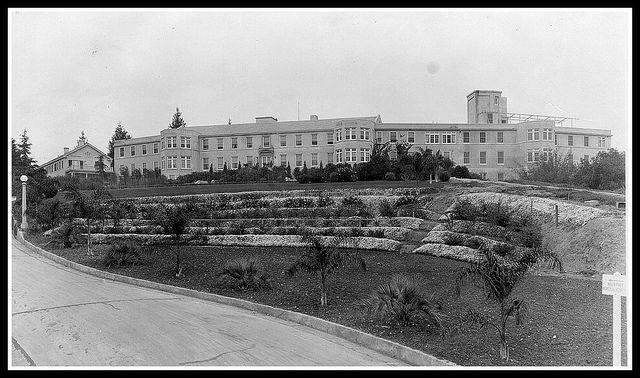
Medical staff phoned the Los Angeles County Sheriff’s Department.
Under the direction of Captain William Bright, an investigation into Marie’s assault and attempted murder began.
Marie recovered enough to be interviewed by detectives. She gave a chilling account of her battering at the hands of a man she said seemed familiar. He was the same real estate agent who visited her home a year earlier.
Claude Peters of the homicide squad interviewed Mrs. Robert D. Ellis, who lived within a block of the Billings home. Based on Marie’s description of her attacker, Mrs. Ellis thought she recalled seeing him. She said, “I saw a man leaving the Billings house two or three days before the attack. He was carrying a large package and got into a Ford coupe and drove away.”
Based on the scant evidence they possessed, the sheriff’s department introduced an interesting theory of the crime that included a second suspect. They suggested that two accomplices battled to the death over Marie’s $500 diamond ring.
Alternatively, a second man may have witnessed the crime and attempted a rescue, which ended in his own death and burial.
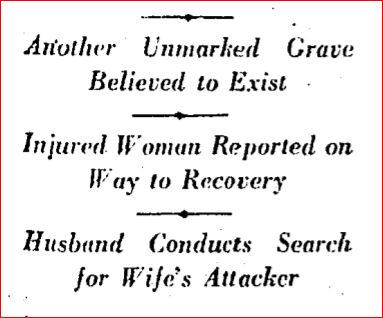
Howard, Marie’s husband, began his own investigation. He visited the makeshift grave and found a piece of torn clothing with a powder-burned bullet hole. He delivered the potential evidence to Captain Bright.
In a search of the Billings home, deputies found a length of pipe with one clear fingerprint on it. They hoped that it would lead them to a suspect—it did not. Tantalizing bits of evidence that led nowhere.
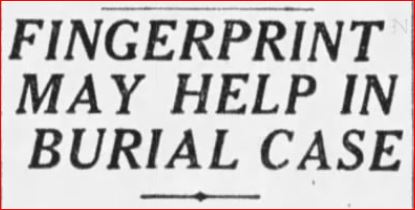
The case went cold. Detectives never found a second grave, and the identify of Marie’s attacker stayed a mystery.
This is one of those cases that will remain an itch I can’t scratch. I can only imagine how much it bothered the investigators who worked it at the time.
The man who attacked Marie was a sadistic monster. Did he commit other crimes? We will never know.
